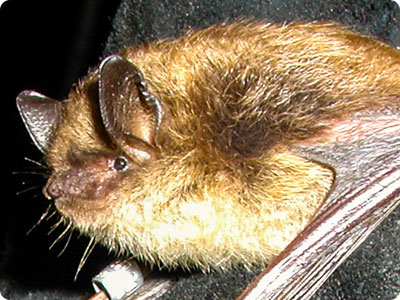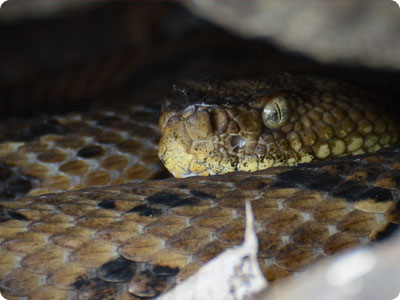
Once endangered in Vermont, the Common Loon now thrives as a result of our wildlife conservation efforts.
Here are 5 more reasons to support Vermont’s Nongame Wildlife Fund on your Vermont income tax form.
And remember, your gift goes further helping Vermont's wildlife because every dollar you give is matched by funds from the US Fish & Wildlife Service.

1. Little Brown Bat - These tiny, flying mammals are valued for eating biting insects. Your support enables us to:
• Work with citizen scientists to monitor population dynamics
• Collaborate with researchers around North America to understand why some little brown bats survive white nose syndrome

2. Yellow-banded Bumble Bee - Flowering plants need pollinators to produce seed, and spring wildflowers depend on the yellow-banded bumble bee’s early spring emergence for pollination. Your support enables us to:
• Document and map Vermont’s bumble bee populations
• Educate landowners on habitat enhancement opportunities for native pollinators

3. Bald Eagle - Bald eagles are now nesting in Vermont and their recovery represents what’s possible when people care deeply and work together to protect wildlife. Your support enables us to:
• Protect nesting sites from disturbance and predators
• Monitor nesting pairs

4. Timber Rattlesnake - Despite their fearsome reputation, timber rattlesnakes are reclusive and generally described as docile and timid. They are also native Vermonters that have been here for thousands of years and are part of a healthy ecosystem. Your support enables us to:
• Monitor timber rattlesnakes’ health and population dynamics
• Safely remove and relocate timber rattlesnakes found close to homesites to protect homeowners and the snakes

5. Canada Lynx - As animals of the north, Canada lynx require large tracts of healthy forests. Their presence indicates ecosystem health and connectivity. Your support helps us:
• Collaborate on monitoring efforts to better understand the distribution and occurrence of lynx in Vermont
• Pursue land conservation efforts designed to maintain a connected, healthy landscape
